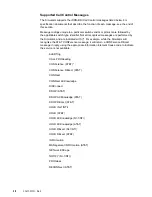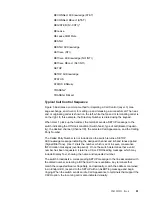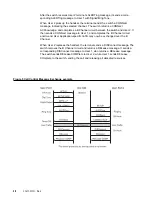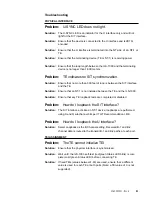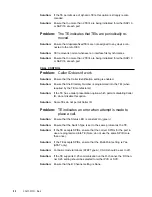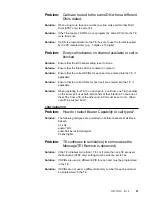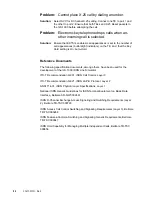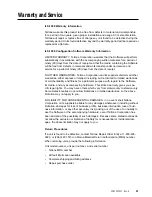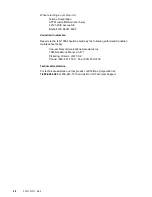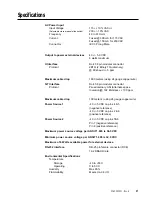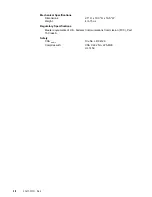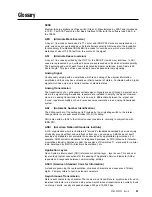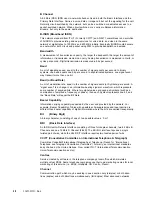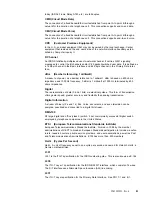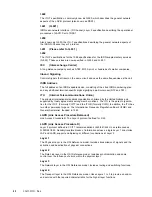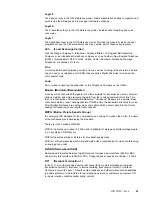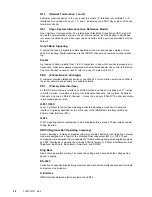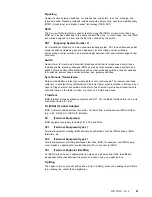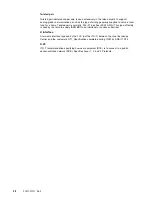
42
40-400-00001, Rev. A
I.440
The ITU-T specification, commonly know as Q.920, which describes the general network
aspects of the LAP-D protocol (also known as DSS1).
I.441
(Q.921)
ISDN user-network interface - (D Channel) Layer 2 specification describing the operational
procedures of LAPD. Part of DSS1.
I.450
Also known as Q.930; the ITU-T specifications describing the general network aspects of
the ISDN D-Channel Layer 3 protocol.
I.451
(Please refer to Q.931 )
I.452
The ITU-T specifications for the 1988 specifications for the ISDN supplementary services
(Q.932). These services are now specified in Q.932 and Q. 957.
IEC
(Interexchange Carrier)
A long distance company such as AT&T, MCI, Sprint, or hundreds of smaller companies.
Inband Signaling
Controls Signals that travel on the same circuit and uses the same frequencies as the call.
ISDN Address
The full address of an ISDN-capable device, consisting of the site’s ISDN numbering plan
and any additional terminal-specific digits signifying a particular user (NT2 and TE1).
ITU
(Internal Telecommunications Union)
The principal international standards organization chartered by the United Nations and
supported by treaty agreements among member nations. The ITU is the parent organiza-
tion for the ITU-T (Formerly CCITT) and the ITU-R (formerly CCIR). In addition, the ITU has
two other permanent organs: the International Frequency Registration Board (IFRB), and
General Secretariat; founded in 1865
LAPB (Link Access Procedure Balanced)
Link Access Procedure B. The Layer 2 protocol defined for X.25.
LAPD (Link Access Procedure D)
Layer 2 protocol defined in CCITT recommendations I.440/441/442 cross referenced as
Q.920/921/922. Reliably transfers blocks of information across a single Layer 1 link. Unlike
LAP and LAPB, supports multiplexing or different connections at Layer 2.
Layer 1
The Physical Layer in the OSI Reference model. Includes transmission of signals and the
activation and deactivation of physical connections.
Layer 2
The Data Link layer in the OSI Reference model. Includes synchronization and some
control over the influence of errors within the physical layer.
Layer 3
The Network layer in the OSI Reference model. Includes routing and switching functions.
Layer 4
The Transport layer in the OSI Reference model. Uses Layers 1 to 3 to provide an end-to-
end service with the required characteristics for the higher layer functions.

